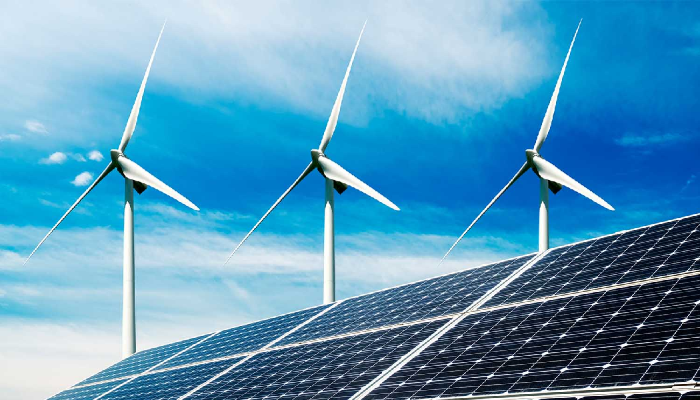COP26: Solar and wind trade bodies unite to push for more ambitious targets

The organisations said there was a 29% shortfall in the projected renewable capacity required to keep the world below 1.5 degrees.
The Global Solar Council (GSC) and the Global Wind Energy Council (GWEC) have teamed up to push governments to implement more ambitious energy transition action plans, concluding current policies to be insufficient meet 2030 and net zero targets.
The two bodies, which represent private companies and associations across the wind and solar industries, have set up the Global Renewable Energy Alliance (GREA) to facilitate “cooperation, knowledge exchange and joint advocacy”.
In a joint study, the organisations found that by 2030 there will be a 29% shortfall in the projected renewables capacity required to keep the world below 1.5 degrees Celsius of warming and realise a route to net zero by 2050.
GREA pointed to the fact that under pathways published by the International Energy Agency (IEA) and the International Renewable Energy Agency (IRENA) earlier this year, wind and solar are set to make up 70% of global electricity generation by 2050.
To achieve this, the bodies called on world leaders at COP26 to raise their ambitions for renewables through their NDCs that reflect the higher capacity targets needed, to ban new coal investments, implement streamlined permitting schemes to lower project attrition rates and commit to the rapid build-out of clean energy infrastructure, including grids and transmission systems.
“Many eyes are focused on net zero by 2050 but we need to close the gap on our decarbonisation pathway to 2030 if we want to keep the 1.5 degree target in sight, and 2030 is literally just around the corner,” said Gianni Chianetta, CEO of GSC.
“A 29% deficit means missing NDC and long-term net zero targets, which means failing to successfully deal with the climate emergency,” said Ben Backwell, CEO of GWEC.
Solar power is now the cheapest form of energy in many parts of the world but increasing demand following the pandemic is often being met by fossil fuel production.





